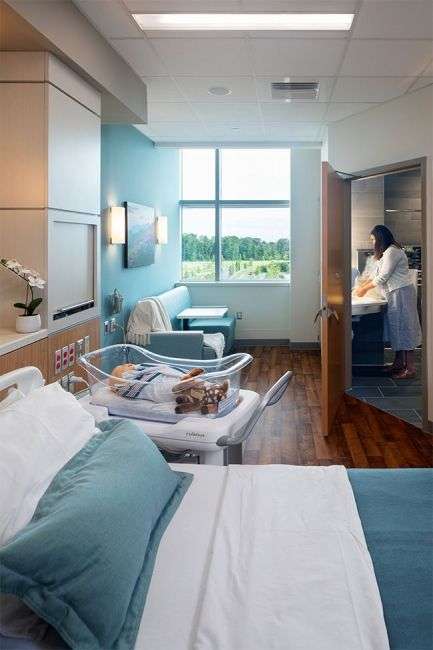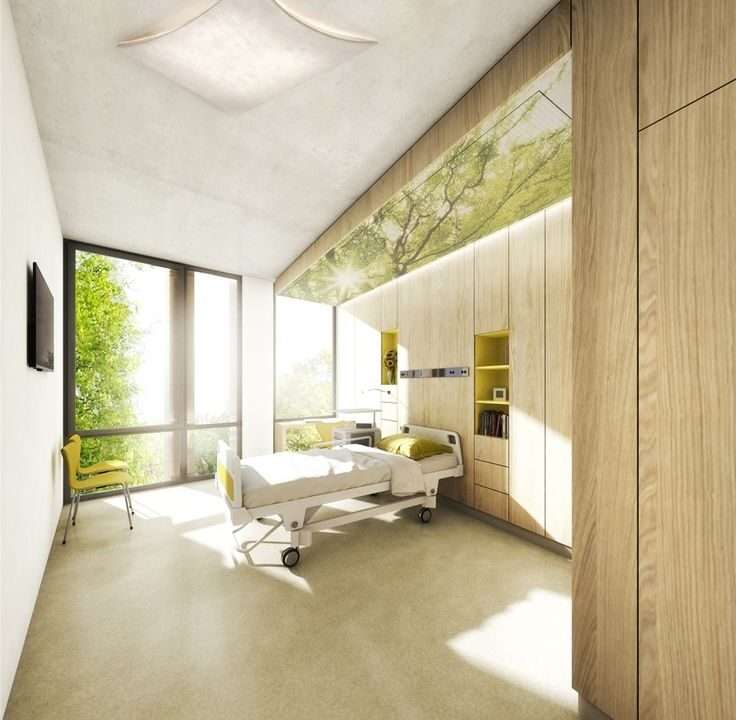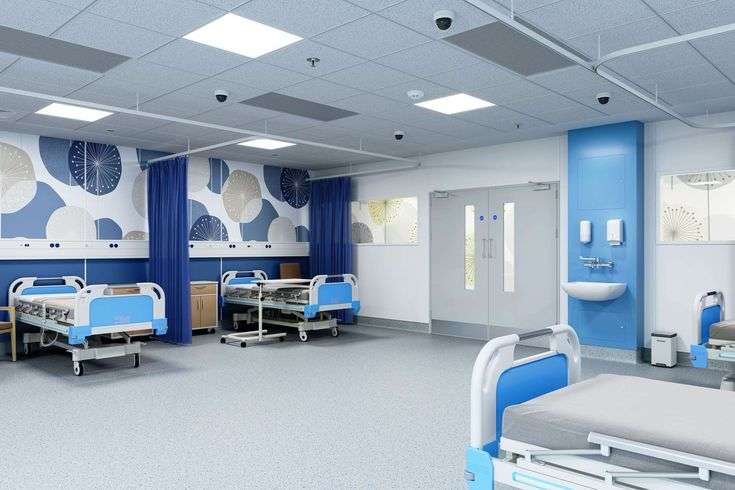
5 mistakes that an investor can reject your project
May 16, 2023
What are the advantages of multi sourcing medical equipment?
May 16, 2023You are a successful healthcare entrepreneur whose hospital has won great renowned for its world-class facilities and top-grade care. As your footstep increases, you may feel the need to expand your facilities. However, you may feel the need to renovate and upgrade your hospital. Ans to stay in together with the rapidly evolving changes in healthcare architecture and design.

Whatever the reason behind your renovation target. You must remember that renovating a healthcare facility is very different from renovating a home. This is because a hospital is a dynamic place where a hundred events occur at the same time. Besides, several of them are life-and-death situations.
The well-being and the lives of patients can be endangered. If any space, any equipment or any route in a hospital is shut down or compromised due to renovation.
Hence, save money for renovation of a hospital while it continues to be operational, is a difficult task and should be undertaken after careful consideration.
Pro’s
1. Consider your hospital’s workflow dynamic
Every healthcare facility, ranging from a small nursing home to a massive multi-specialty hospital, has a workflow dynamic. Every member of your team logical plays their role in an arrangement. To ensure that your patient receives compassionate and suitable care.
The process of renovation, if done in a haphazard manner, can interrupt this smooth workflow. However, this leads to disorganization which can have a negative effect on patient experience. This can lead to negative publicity and loss of prospective clients.
Hence, make alternate airtight arrangements during renovation. E.g., If you are renovating your reception area, convert the lobby into a reception room.
2. Involve your team in planning
Your team is the face of your hospital. Ensure that they are in the loop when you plan renovation. And welcome suggestions and advice from them because they know hands-on about the challenges that they are likely to encounter. If some parts of your hospital are temporarily closed due to renovation and can recommend alternative solutions.
3. Renovate in phases or stages
If you start renovation in every wing, and every floor all at once, it can lead to disruptions in workflow. Annoying noise, accumulation of debris, undesirable smells, and fumes everywhere, which can cascade into a negative patient experience.
4. Make sustainability your mantra
Going Green is the trend in the field of hospital architecture and interior design. When you are going for renovation, be sure to use eco-friendly materials like wood, cane, and bamboo in your design. These materials are durable, low-maintenance, and cost-effective in the long term too. Also, try to avoid toxic paints and plastics that cause harm to the environment.

5. Keep adaptability in mind
Healthcare is a sphere of constant transition. While renovating, choose designs that can help to make your space flexible and adaptive to changes in the healthcare paradigm and your hospital’s lifecycle too. If you include flexible options, your healthcare facility can stay abreast of any need shift or technological evolution with less wastage of time, effort, and money.
Con’s
1. Don’t lose focus on functionality
Many hospitals make the mistake of focusing on aesthetic improvement of their facilities but forget to incorporate improvements in care efficiencies that can be blended into the design in the blueprint stage. The goal of renovation should be to create a well-designed, welcoming hospital that also augments caregiver effectivity and has built-in functionality, and makes every foot space effective.
2. Don’t ignore the end-user
The end-users in your hospital are the patients, the family, the visitors, and the workforce. The renovation that is done without considering their needs and wants is useless and will lead to a deterioration in the work environment, job satisfaction, and patient experience. A user-centric renovation design can spread smiles all around.
3. Don’t choose designs using old methods
The days of one-plane paper designs are long gone. Make intelligent design choices using modern tools like virtual and 3-D models so that you get a better insight into what your hospital will look like after renovation.
4. Don’t select outdated raw materials
Use the latest and the best possible materials and fabric when you are renovating so that your hospital’s design and décor will not get outdated in the near future.

5. Don’t forget to keep an eye on your budget
Renovation is a costly process. Do not overspend as it can lead to a delay in the breakeven point and undermine your profitability. However, if you compromise too much and cut corners in the present, you may have to invest more in the future. Strike a balance between these two extremes.
Renovation of a hospital is a challenging and expensive task. If you need any expert help in planning the renovation of your hospital, get in touch with Hospertz, a leading healthcare consultancy firm in India.



